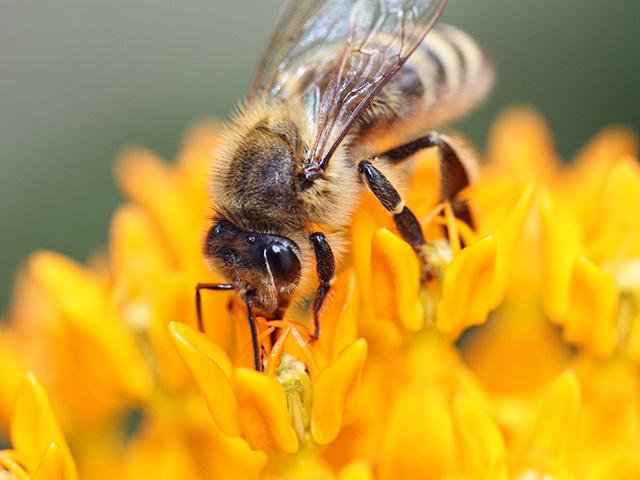Court Rules Against EPA on Sulfoxaflor
EPA Granted Six Months to Conduct Endangered Species Act Review on Sulfoxaflor
LINCOLN, Neb. (DTN) -- The EPA has six months to make an Endangered Species Act determination on the insecticide sulfoxaflor, after the U.S. Court of Appeals for the Ninth Circuit in San Francisco last week ruled the agency did not meet those obligations when it amended the chemical's registration in 2019.
Though environmental groups that sued the agency touted the ruling as a win, ultimately, the court ruled against a request to vacate the 2019 decision altogether. This means sulfoxaflor can continue to be used while the ESA review is ongoing.
In the ruling handed down on Dec. 21, 2022, the Ninth Circuit said vacating the registration would hurt agriculture.
"The panel, however, did not vacate the agency's decision because a vacatur might end up harming the environment more and disrupting the agricultural industry," the court said in its opinion.
The Ninth Circuit found EPA ignored a previous court order in 2016 by reinstating sulfoxaflor's registration without completing an ESA review.
"The panel held that EPA failed to meet FIFRA's (Federal Insecticide, Fungicide, and Rodenticide Act) notice and comment requirement because it did not allow the public to comment on Dow's requested amendments to the 2016 registration to reinstate expanded usage of sulfoxaflor," the court's opinion said.
"EPA cannot rely upon Dow's original application for sulfoxaflor to support the registration amendments. Because Dow requested, and EPA approved, 'new uses' for sulfoxaflor, EPA should have solicited public comments."
Sulfoxaflor is used to control piercing and sucking insects such as the sugarcane aphid in sorghum and the tarnished plant bug in cotton.
P[L1] D[0x0] M[300x250] OOP[F] ADUNIT[] T[]
In a July 12, 2019, announcement, EPA said it had enough data to show Corteva Agriscience's sulfoxaflor is safe for humans and bees and had granted unconditional registration for new uses of sulfoxaflor on the Transform WG and Closer SC labels. Those new uses were alfalfa, corn, cacao, grains (millet, oats), pineapple, sorghum, teff, teosinte and tree plantations. The agency also added back cotton, soybeans, citrus, cucurbits and strawberry.
The Ninth Circuit said last week that the 2019 unconditional registration of sulfoxaflor was "a surprise" considering the court's previous ruling.
"Although EPA admitted it did not comply with the ESA, EPA alleged it lacked the resources to do so," the court said in last week's ruling.
"The panel held that EPA cannot flout the will of Congress just because it contends it is too busy or understaffed. The panel further held that EPA's repeated violations of the ESA undermined the political structure."
The Ninth Circuit outlined how it said the EPA repeatedly failed to conduct the proper review.
In 2010, then Dow Chemical (now Corteva Agriscience) applied for registration of sulfoxaflor.
In 2013, EPA announced and invited public comment for a proposed conditional registration at lower application rates with some mitigating measures. Fewer than seven months later, EPA decided to unconditionally register sulfoxaflor.
The agency was ordered by Ninth Circuit in 2015 to vacate the sulfoxaflor registration because of a lack of data on its effects on bees.
In 2016, EPA registered sulfoxaflor for limited use without conducting the additional studies as ordered by the court.
Corteva said in a statement to DTN it was pleased with the Ninth Circuit's ruling because it will allow sulfoxaflor products -- those containing the Isoclast active ingredient -- to remain on the market while EPA conducts the review.
"With sulfoxaflor, farmers can use reduced rates of active ingredient in their fields to protect against key pests, reduce the number of applications and help mitigate the development of resistance," the company said.
"This decision enables growers to continue to use sulfoxaflor to effectively control costly pests and protect the quality, health, and economic viability of their crops."
Read more on DTN:
"Court Rejects EPA Review on Sulfoxaflor," https://www.dtnpf.com/…
"Enviro Group Opposes EPA on Sulfoxaflor," https://www.dtnpf.com/…
Todd Neeley can be reached at todd.neeley@dtn.com
Follow him on Twitter @DTNeeley
(c) Copyright 2022 DTN, LLC. All rights reserved.



